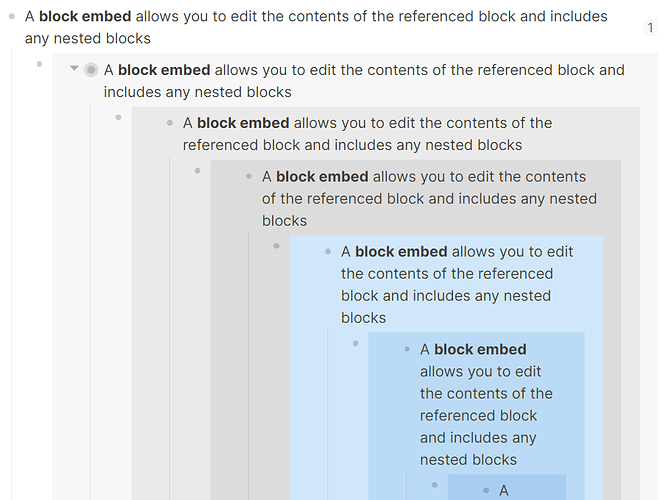Hey everyone! I recently led a workshop where I talked about how I used Logseq as part of my creative thesis work, and created a demo graph for participants to play around with to learn Logseq.
![[demo]](https://discuss.logseq.com/uploads/default/original/2X/e/e180262487471a55e54a5d5e96f8cc6f7281b50f.gif)
I decided to share the graph with the public, since it might be useful for beginners.
The demo graph covers:
- blocks
- pages
- internal links & references
- graphs
- formatting (text, headings, links, flashcards, TODOs, media embeds, queries, tables, org mode alerts, drawing)
- advanced tips and tricks
- my favourite plugins
- working with media files: embed audio, photos, videos
- publishing your graph online
GitHub Repo:
Feedback and PRs welcome 
Thank you! this a great resource! One thing I have noted in the pkm space is the tension between explaining the key concepts abstractly (which works across domains or topic areas) and the benefit of using specific topic areas to present and teach functionality (which makes the benefits of pkm more tangible for people in the same domain). t seems to me your graph might e a good basis for combining the two by adding domain specific info or even a domain specific graph based on yours…
2 Likes
Thank you for your thoughtful comment, @menelic!
You’re spot on about the tensions between explaining concepts vs teaching functionality. I also think it’s why there are so many videos, articles, and forum posts about the correct / best / perfect way to take notes.
My demo graph definitely leans a bit more into giving an overview of functionality, but that’s because my use of Logseq for my thesis was unconventional. My goal was to teach the affordances of Logseq so that workshop participants could think of other creative uses for the tool, such as:
- Non-linear storytelling (like Twine)
- “Choose your own Adventure” Game
-
Now-style Blog (using Journal pages)
- Mood board (using the Whiteboards)
- Online course
- Publicly-shared creative process planning
3 Likes
I am having a problem on importing this example!
Which step are you having issues with (based on the step-by-step video in the repo)?
I am just dumb and did not see it! ahah Still thanks for answering. Started using your demo and it is lovely! Thanks again!
I just clicked on the first link without visiting the git page. My bad.
![[demo]](https://discuss.logseq.com/uploads/default/original/2X/e/e180262487471a55e54a5d5e96f8cc6f7281b50f.gif)
![]()
